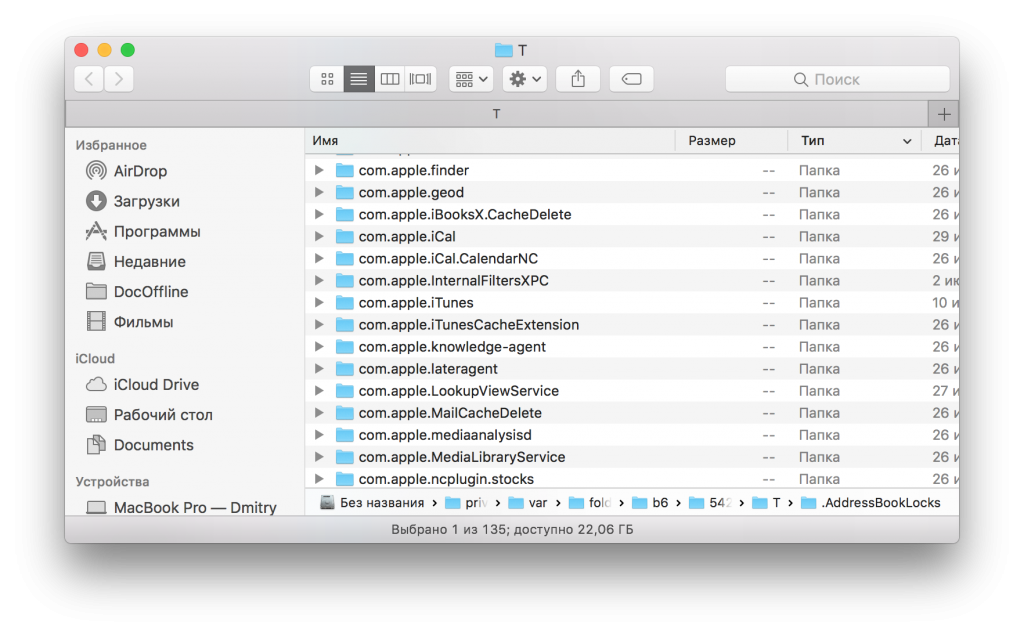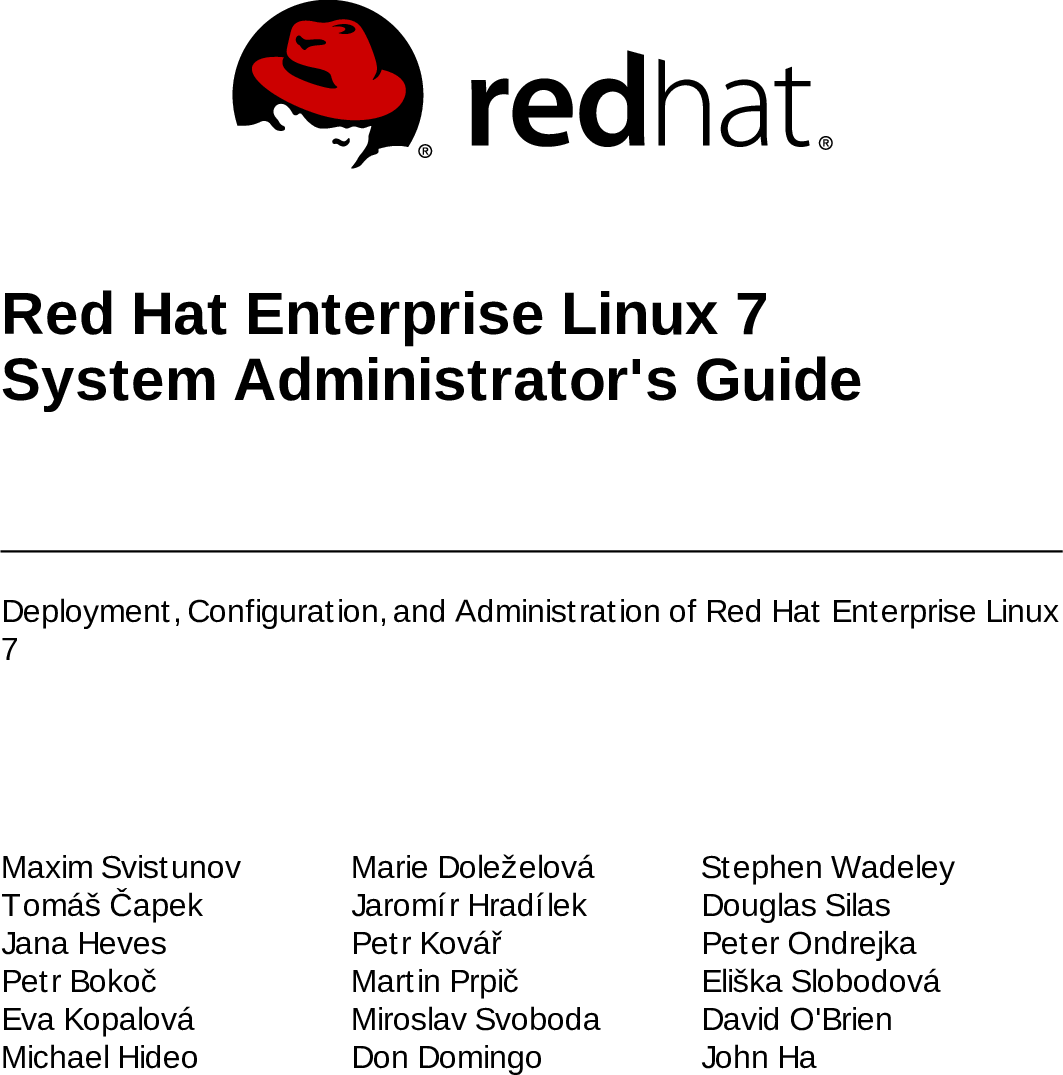
You could open the file for reading once, and rewind in between two reads, however there's no POSIX utility that can do that rewinding ( lseek()), so you can't do it portably in a POSIX script ( zsh ( sysseek builtin) and ksh93 ( <#((.)) operator) can do it though). # open once for writing, twice for reading:Įxec 3> "$tempfile" 4&3 # store something in the temp file For Application preferences there's /Library/Preferences, for Application caches and temp files, there's /Library. Temp folder for what For some low level junk, there's /tmp and /var/tmp. In the above commands, we're telling the Mac to go to the desktop and make a folder named 'test-folder-1.' But there's one great time-saving trick for Terminal: you can create multiple files with one command.
#Temp folder on mac directory bash mac os x
This isn't Windows, and the Unix architecture of Mac OS X is entirely different. The 'mkdir' command means 'make directory.' In computer-speak, any folder is a directory. The mkdir command is a shortcut for make directory. Your question has a false premise that there IS a 'temp' folder. For instance =(echo test) expands to the path of a temporary file that contains test\n. To create a folder on your Mac computer via your Terminal’s command line, you open your Terminal, and navigate to the directory where you want to create a folder, and run this command: mkdir name-of-your-folder.

Zsh's =(.) form of process substitution uses a temporary file. In Visual Studio 2015, use the CLI commands instead. Managing the cache isnt presently available through the Package Manager Console. # the file seek positions for reading and writing can be different Starting in Visual Studio 2017, use the Tools > NuGet Package Manager > Package Manager Settings menu command, then select Clear All NuGet Cache (s). # create file descriptor 4 for reading from the same file so that # create file descriptor 3 for writing to a temporary file so that

When it gets closed (which the kernel does automatically when the process exits) the filesystem deletes the file.

The file keeps available (for the script not really for other processes but /proc/$PID/fd/$FD is a work-around) as long as the file descriptor is open. You can make sure that a file is deleted when the scripts exits (including kills and crashes) by opening a file descriptor to the file and deleting it.


 0 kommentar(er)
0 kommentar(er)
